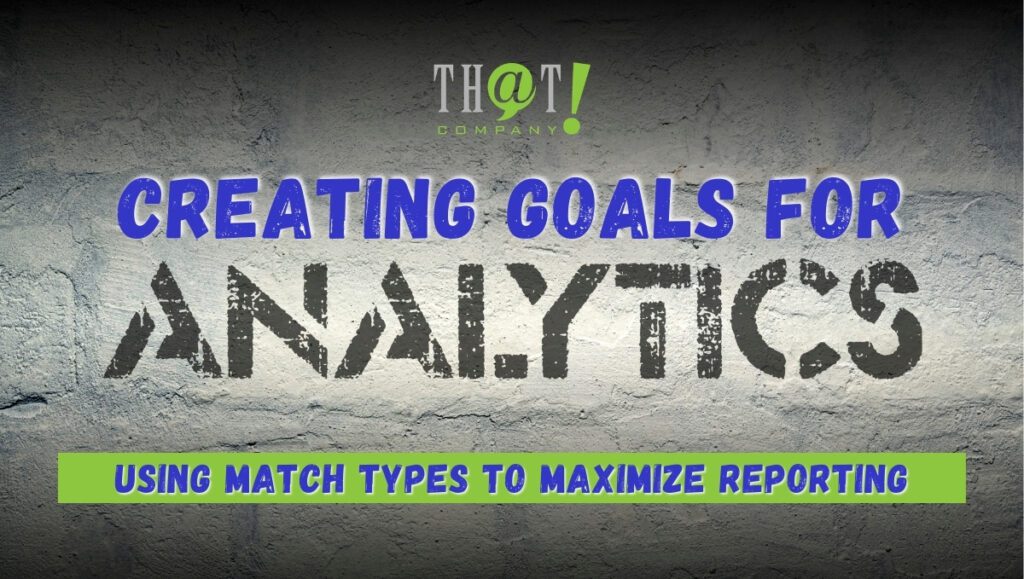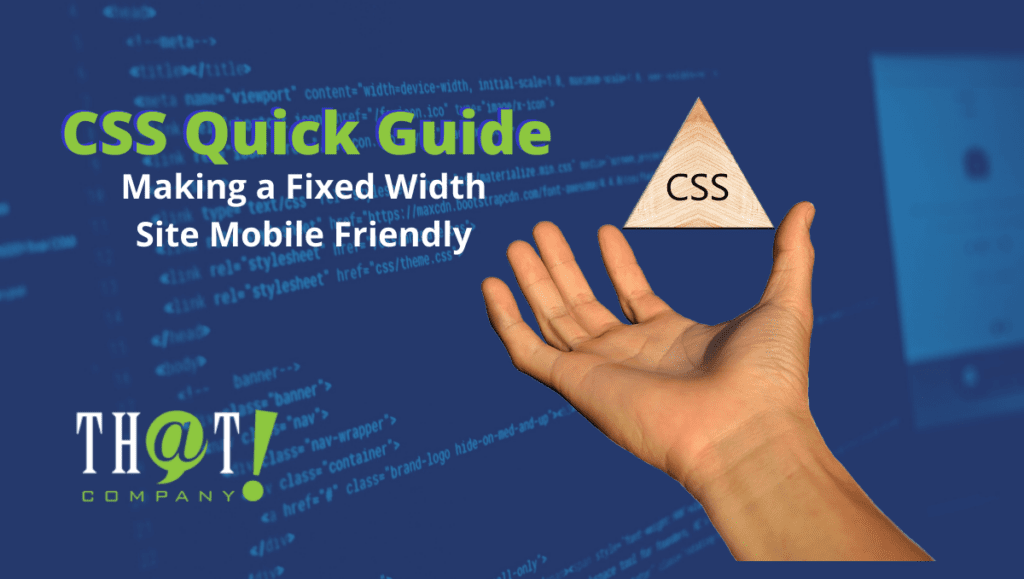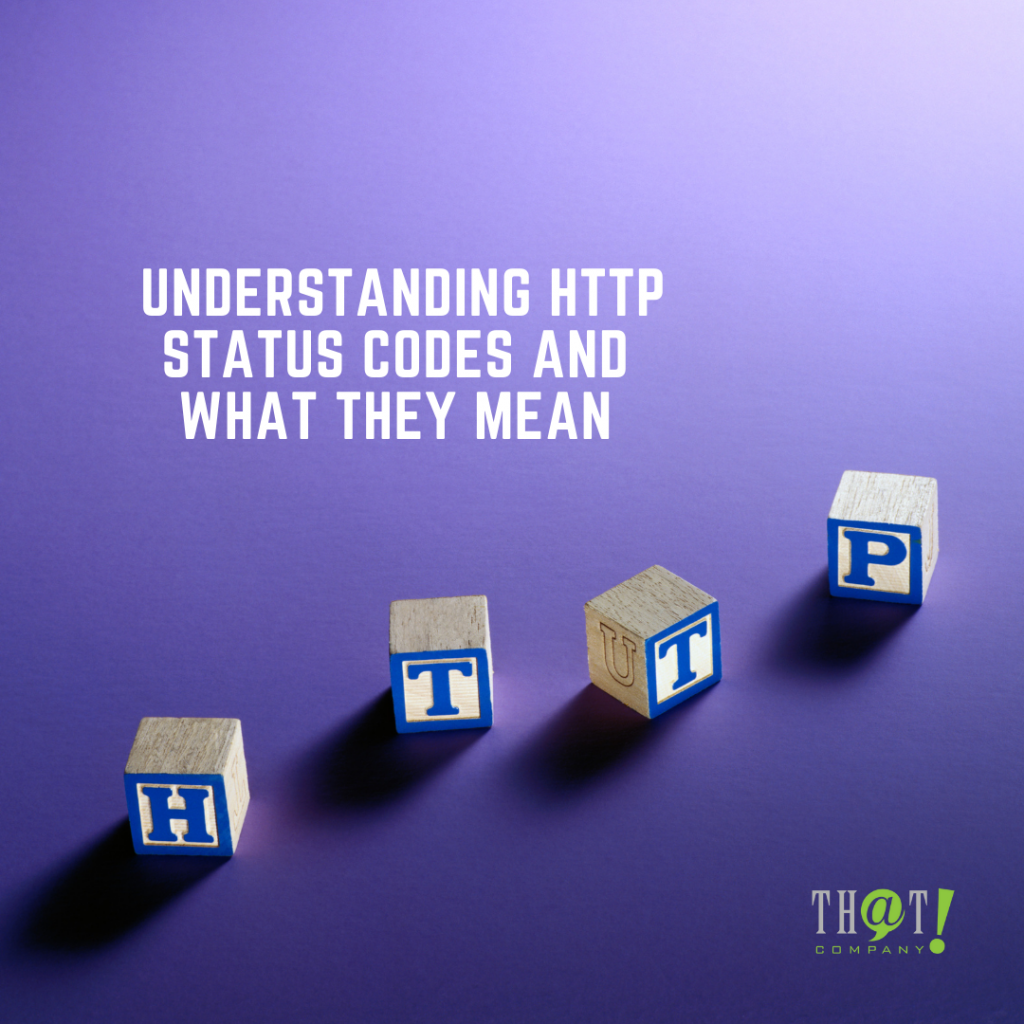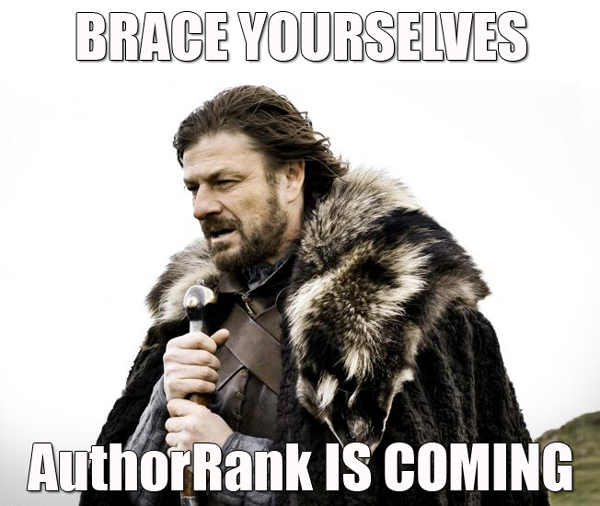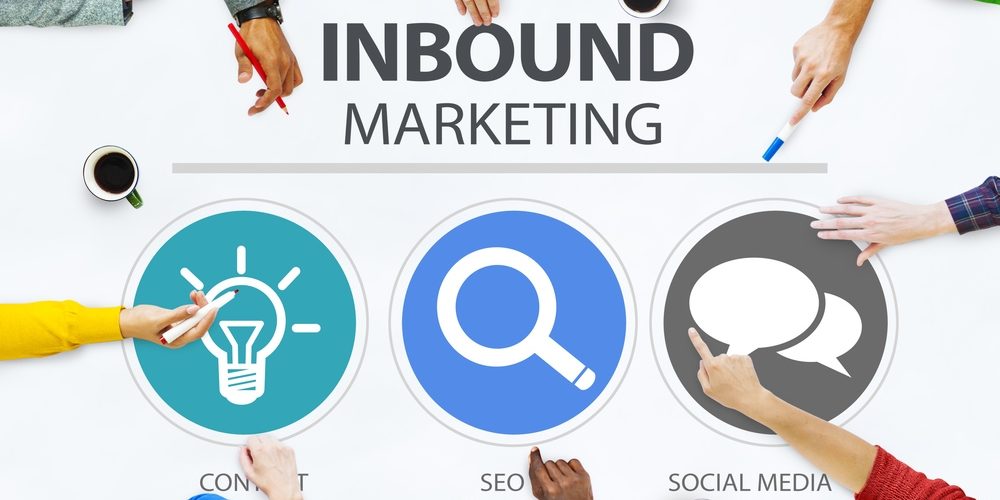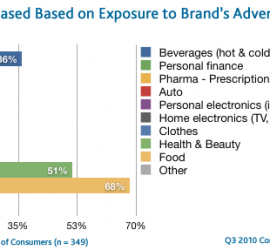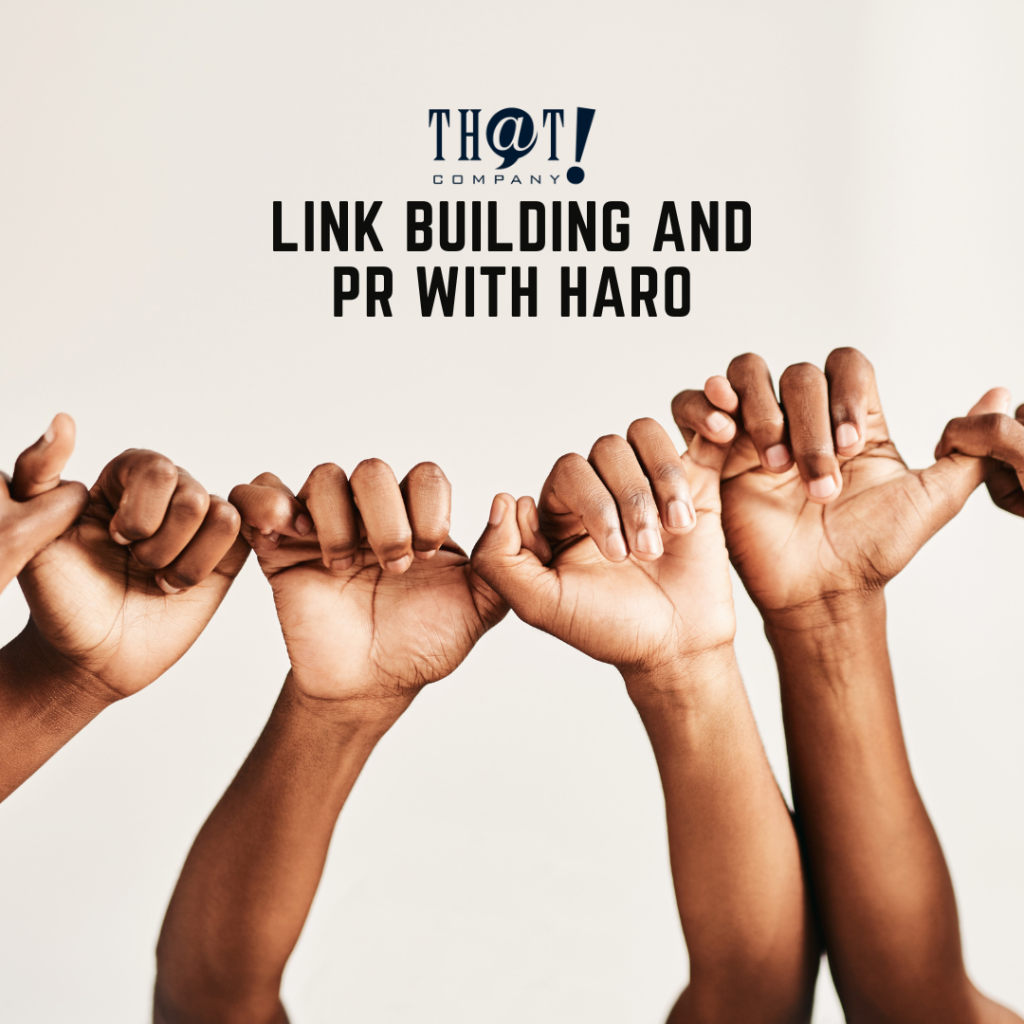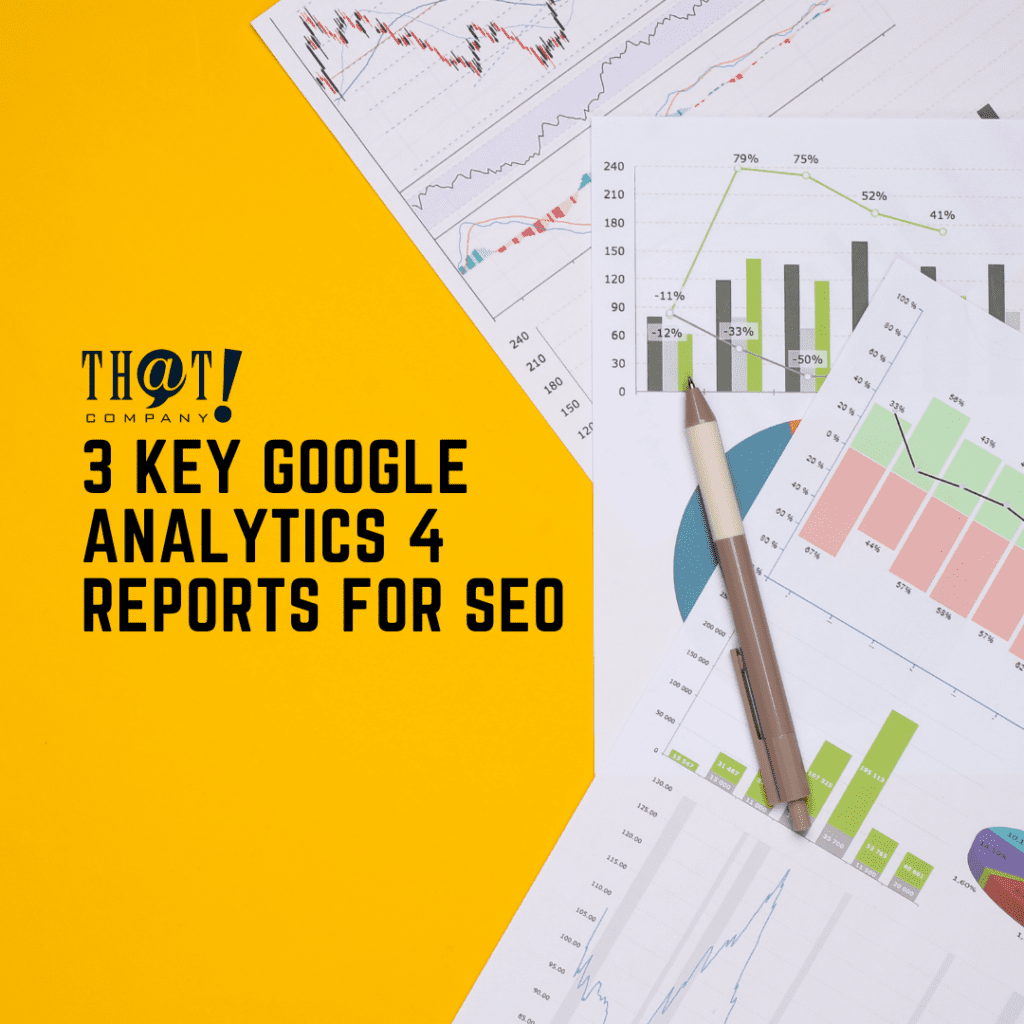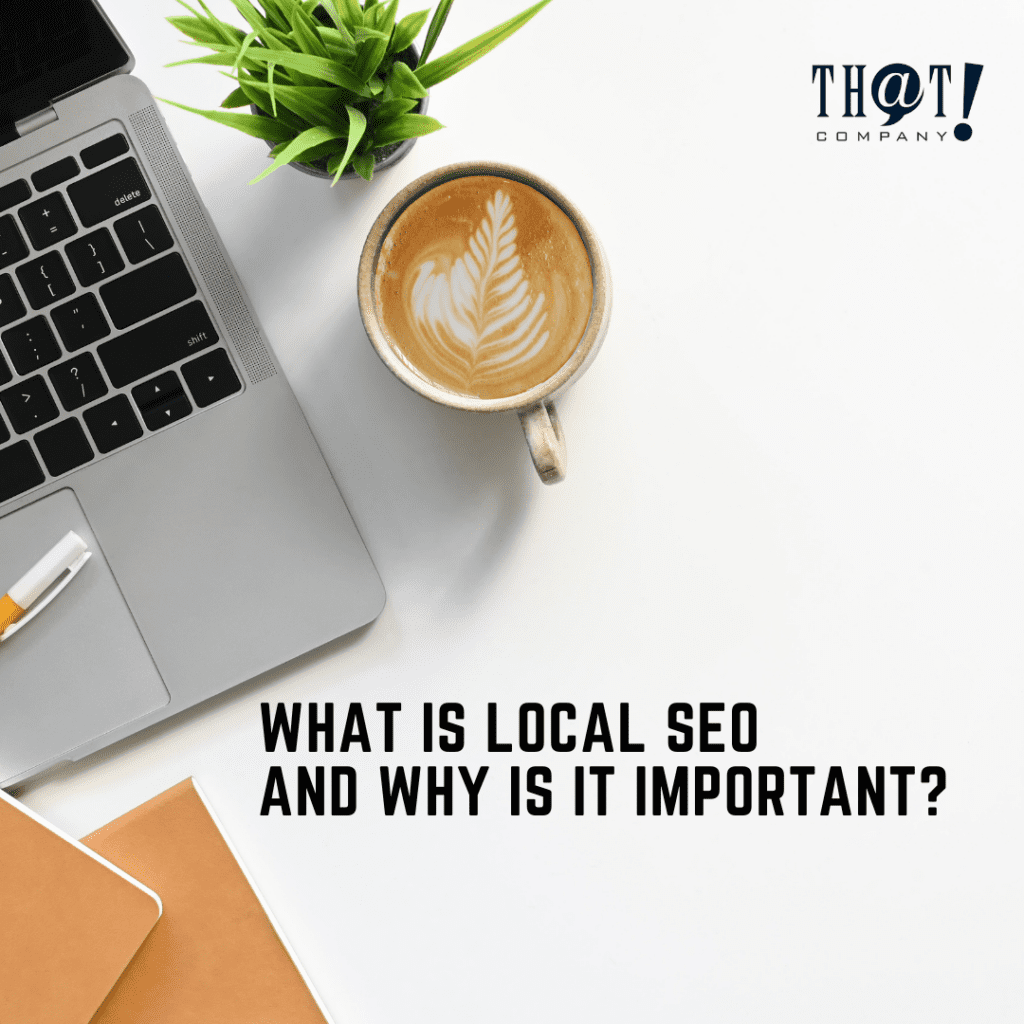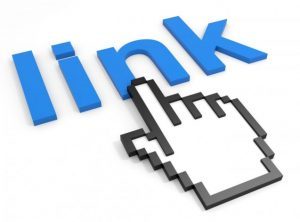
You may ask yourself at times, “Why do you need SiteLinks”. Adwords SiteLinks have been around for some time now, but believe it or not I still have clients ask me “What are SiteLinks” or “Why do I need SiteLinks”. Well, there are a number of reasons why you would need them, but whenever I’m asked by a client I will generally always try to give them the answer with the path of least resistance. That usually happens to be “…that they occupy more space and therefore draw more attention to your paid ads”. I will usually give the analogy of a billboard on the side of the road, whereas the larger the billboard the more likely the chance that someone will see. This will then equate into increased brand awareness and message reception. However, it goes much further than that in regards to online advertising and paid search in particular. I’ll cover some of these items here today.
What are SiteLinks?
In the most general of all explanations, SiteLinks are basically hyperlinks that link to interior webpages of your website. These hyperlinks are found underneath your paid ad in a search results page of the Google search engine. They will generally navigate to a more specific page of your website that offers an item specific to the user’s initial broad search. For example, if someone searched for “Produce Store” and saw an ad for your store you could have SiteLinks for “Fruits,” “Vegetables,” “Organic,” and others. This way if the user was actually looking for a place to buy apples, they could bypass having to navigate your website and go directly to the “Fruit” webpage. This helps save the user time having to navigate your site which generates a byproduct of credibility. As you can see, this reason alone is enough to use SiteLinks in conjunction with your Paid Ads in Adwords and other paid search engines such as Bing Ads, but let’s look a little deeper at some other reasons.
One of the main rules of site navigation, and best practices, when designing and developing your website is that when starting from the home page of your website anyone should be able to find what they are looking for within 2 to 3 clicks, no more than that. Utilizing SiteLinks will help reduce this number to 1 click in most cases as the SiteLink itself should focus on a singular item or topic. A SiteLink will help visitors find products on your site within just one click from the SERPs (search results pages) by offering up a drilled down list of topics or products that a user may be looking for based on a certain broader term that was used to find your ad in the first place. This is very helpful for users as they don’t have to search your site to find the products or services they are looking for.
Instead they will click your ad’s sitelink and will be transported directly to the product or service’s page where they can immediately convert into a sale or lead. In the past you were only able to build different sets of SiteLinks at the Campaign level. However, Google recently implemented a new policy that allows us to implement SiteLinks at the Ad Group level which makes it much easier to send visitors to the most relevant page of your site, instead of spending time navigating it. A benefit of having SiteLinks at the Ad Group level is increased relevancy, and if you have your Ad Groups set up correctly in the first place (each Ad Group should only contain keywords that are immediately relevant to each other) then this will be easy for you to implement.
Increased CTR
PPC beginners may not really know what CTR even is. With that in mind, CTR stands for “Click Through Rate”. It’s the rate that people click your ads and visit your website in comparison to the total amount of people that actually view your ad, or are offered an Impression. With that out of the way, it’s important to understand and take notice that, based off of my “path of least resistance” statement in my opening statement, when your paid ad is larger and takes up more “real estate” people will more often take notice. The more people that take notice of your ad, the more people you are going to get that will actually click your ad. The more people that click your ad and visit your website will generally equate into more visitors converting into either a sale or lead. So increased CTR means increase sales and leads. Think of it in terms of baseball or the state lottery. The more “at bats” you get or “tickets” you purchase, the better chance you have at getting a “hit” or “winning” any monies. Increase your at bats to increase your sales or leads.
Increased Quality Score and Ad Rank
This all brings me to my last reason for using Adwords SiteLinks, and maybe even the most important. I’m not trying to say that driving sales and increasing leads, as I’ve discussed in my previous reasons, isn’t important. However, to be realistic for a moment, all of your visits are not going to turn into an actual sale or lead. We would all love to have everyone that ever visited our site or store to turn into a sale, but that just isn’t the case. So, to try and make the best of the situation we need to try and decrease cost as much as possible. What I’m referring to is increased Quality Score and Ad Rank. First of all SiteLinks do not directly affect Quality Score, but they do effect it indirectly.
Even though we know that Google doesn’t use our issued Quality Score value at the time of each individual keywords auction, we do know that Google uses the values that determine Quality Score during this time. One of these KPIs (Key Performance Indicators) is CTR (Click Through Rate). We spoke about this earlier when I mentioned that SiteLinks will help increase your CTR due to increased real estate. The better your CTR is in comparison to your competitors CTR, the better your Quality Score and the lower your CPC (Cost per Click). This lowers your overall cost and in-turn, your overall CPA (Cost per Acquisition).
Ad Rank
Your Ad Rank is used to determine your position in each keyword auction in relation to other ads, or competitors. Adwords “…also incorporates the expected impact from your extensions and other ad formats when computing your Ad Rank. When estimating the expected impact of extensions and ad formats, we consider such factors as the relevance, clickthrough rates, and the prominence of the extensions or formats on the search results page. So even if your competition has higher bids than yours, you can still win a higher position at a lower price by using highly relevant keywords and ads”. So, as you can see, utilizing SiteLinks (ad extensions) can help lower your CPC without sacrificing ad positioning.
– Ed Cehi, SEM Manager
With fourteen years of Internet Marketing experience, Ed Cehi joined That Company as a PPC Account Manager in 2008 after previously working at another high profile Florida Web Design and Marketing Agency located in Ocala, Florida for the six years previous. He started his career in Internet Marketing as a Web Designer after graduating from The International Academy of Design and Technology in Orlando Florida with his degree in Web Design. He soon moved on to Search Engine Optimization and then graduated into Paid Advertising following that. Ed now holds the position of Senior SEM Manager at Th@t Company located in Leesburg Florida, just outside of Orlando. You can find him online in multiple social mediums such as Twitter (@edsaxman) and LinkedIn.









